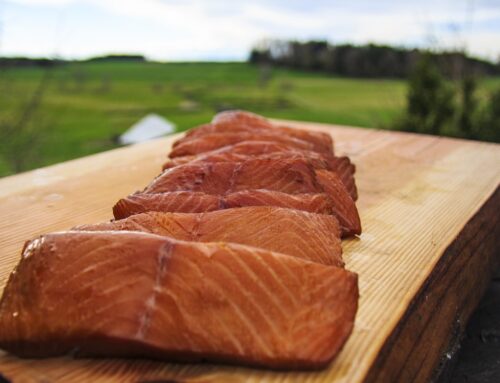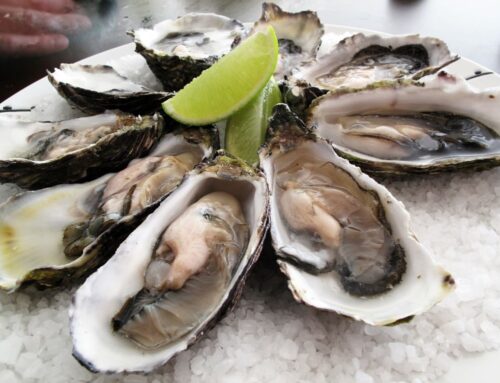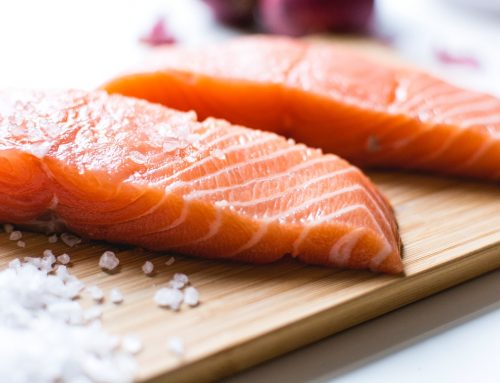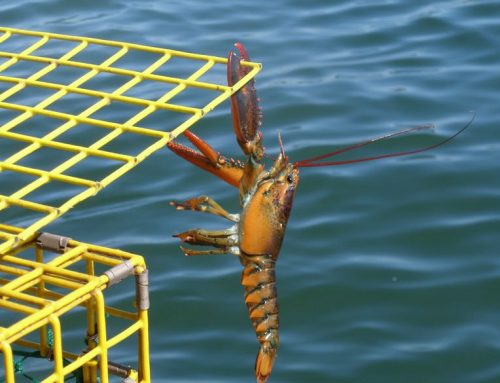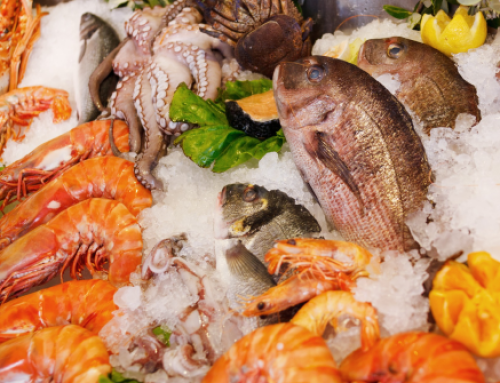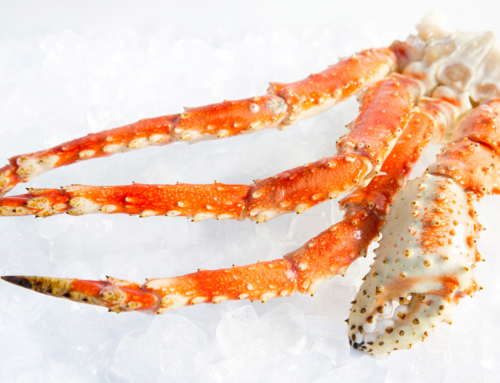Many industries have experienced a shortage in staffing since the coronavirus pandemic. The seafood industry is not an exception. Like is the case with the other industries, the demand for seafood outweighs the current supply. Multiple factors have led to the lesser supply, including COVID-19 and, in certain regions, Hurricane Ida’s damage. As a result, local fish markets and restaurants have raised their prices for different types of seafood.
What Seafood is Hard to Buy?
Regular seafood consumers may find that their usual haunts now have limited menus. In most cases, customers will have a hard time finding particular types of seafood. One specific type is calamari. The business owner and chef of Yanni’s Too in Coeymans, New York said that these new shortages differ from any he has faced in over three decades.
Several factors have caused a greater difficulty when it comes to purchasing these products. These factors include the lack of product, fewer employees, and higher shipment costs. The demand has increased again since lockdown restrictions were lifted as well. So, now with a greater demand, there are not enough people fishing, harvesting, and processing seafood.
Consumers will also have a difficult time finding oysters. Due to Hurricane Ida fracturing the seafood industry, and before that the BP oil spill of 2010, the oyster industry has suffered. A result of these shortages has meant that those who do have the products need to raise their usual prices.
Why Are We Paying More for Seafood?
Restaurants and stores setting higher prices are doing so in an effort to offset the higher prices of their vendors. But in some cases, restaurant and business owners find it is not worth it to up their prices. Another business owner in Guilderland, New York stated that they are not stocking popular canned crab meat like before. The businesses cannot afford the price when they know that their meat would remain unbought on their shelves.
The increased prices are not isolated occurrences either. A recent U.S. consumer survey shows that consumers have pushed back against high seafood prices across the country. Twenty-three percent of consumers surveyed said that they will limit seafood purchases if prices continue to rise. Those surveyed had all noted that fresh, frozen, and shelf-stable seafood prices increased during the second quarter of 2021. Frozen seafood in particular jumped to $6.96 per pound, an increase of 9.2% from the second quarter of 2019.
So, why are people still purchasing seafood? One reason is, Americans are striving to eat well following the pandemic. The second reason is that seafood consumers often have a greater disposable income. As a result, they feel less burdened during periods of inflation.
Buy Seafood Online
Restaurant and grocery store seafood shortages do not need to stop you from enjoying your favorite meals. In fact, reports indicate that the seafood industry could benefit from the latest rise of pandemic-time e-commerce. About 45% of U.S. consumers shop for groceries more often online. Explore online vendor options and see which ones fall within your price range. We have price tracking and comparison tools for all your favorites, like lobster, salmon, and crab.
Take note of our Affiliate Relationships that may exist with this page and companies listed on it.


